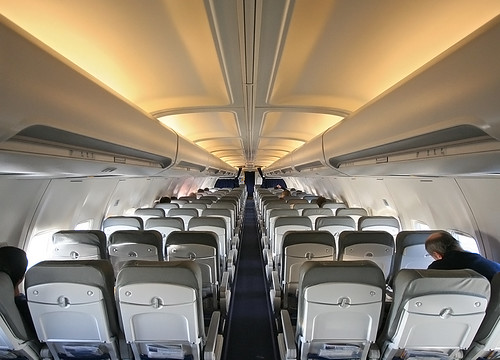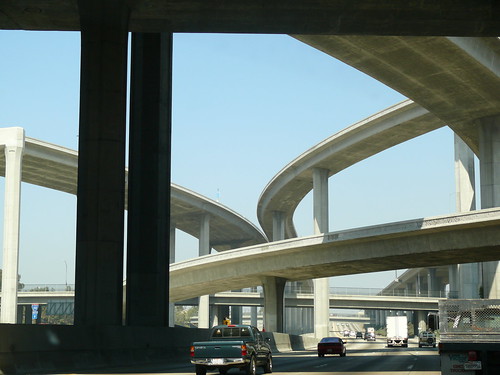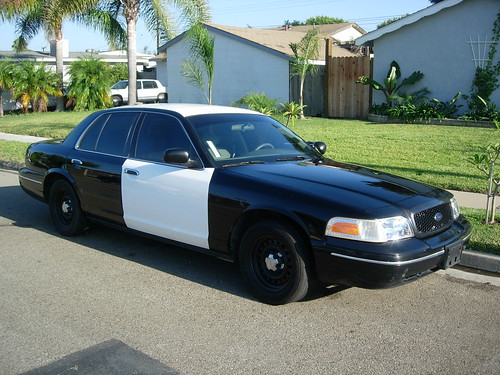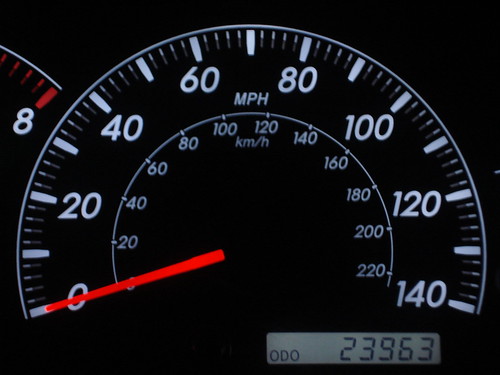“Rushed” into judgement – “Republican God” Rush Limbaugh blasts green car movement – “nobody” wants hybrids
(Source: AutoBlogGreen)
In an attempt to stay politically neutral, we’re going to stop short of offering opinions about Rush Limbaugh’s recent statements regarding hybrid automobiles and the intent of automakers like Ford and Honda to “please politicians overseeing the industry’s multibillion-dollar bailout.” What we will say, though, is that Limbaugh’s a little off when he suggests that hybrid vehicles are entirely unwanted. So sayeth Rush:
Nobody’s buying ’em. Nobody wants them! The manufacturers are making them in droves to satisfy Obama! Sorry for yelling. Nobody wants them!
While it’s true that hybrid vehicle sales tend to rise and fall with the ebb and flow of fuel prices, which are currently down from the record highs from a year ago, Edmunds’ Green Car Advisor points out that 1.3 million hybrid vehicles have been sold in America since 1999, the first year the fuel-saving vehicles entered the market. Obviously, there are more than a few people out there who want to cut down on their fuel usage. Further, these hybrid vehicle programs have been in development since well before President Obama was elected.
When TransportGooru took a sneak peek into the trascripts posted on Mr. Limabugh’s website, the following golden statements caught the attention: “I will only say that those people have probably given up their individuality for what they think is a larger cause, but nobody wants them. That doesn’t matter, because as I mentioned earlier in the program, a couple hundred more million acres placed off-limits, energy rich, shale oil, natural gas, placed off-limits by the US Congress. We’re gonna become more dependent on foreign oil, more dependent on foreign oil. Gasoline prices are going to go through the roof at some point, Big Oil will be blamed by the Obama administration, and then you will be forced to start considering cars you do not want and you are not buying. Good-bye freedom. We have got to drive these people out of office before it’s too late. ”
TransportGooru’s research found another rushed judgement on this issue back in June 2006 , as described in a Huffingtonpost article and the author David Franklin offers his counter along the way:
Rush says that, “Contrary to any loose statements made by our marketing partners in the environmental community and media, petroleum not consumed by Prius owners is not ‘saved.’ It does not remain in the ground. It is consumed by someone else. Greenhouse pollutants are released.” I find this statement baffling! Is there a backlog of “oil orders” that lies unfulfilled somewhere that I am unaware of? Are there companies out there just waiting for people to buy more hybrids, so that they can have their oil orders taken off backorder? Not to my knowledge. Logic would dictate that if demand for oil decreases, drilling and production of oil will decrease as well!
Perhaps if it was put another way it would be easier for Rush to grasp the cold hard logic behind what hybrids can do for this nation; “If every privately owned vehicle in America was traded in today for a Prius, it would reduce the amount of oil our nation requires to a level that could be fully supported by our own resources!”
Let me say that again in case it didn’t sink in fully the first time; “If every privately owned vehicle in America was traded in today for a Prius, it would reduce the amount of oil our nation requires to a level that could be fully supported by our own resources!” (and that’s without having to drill in Alaska!)









